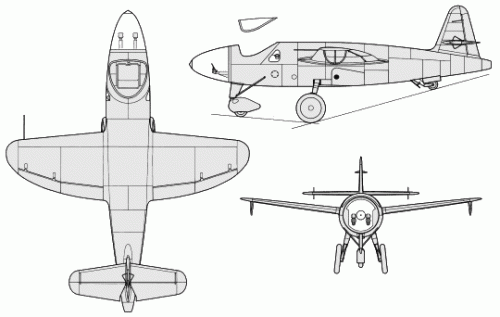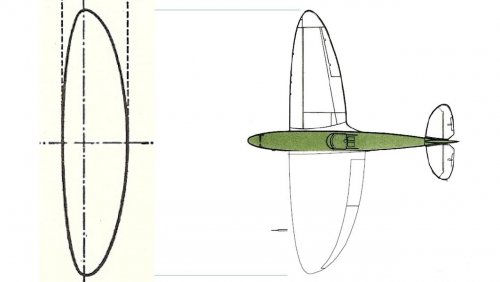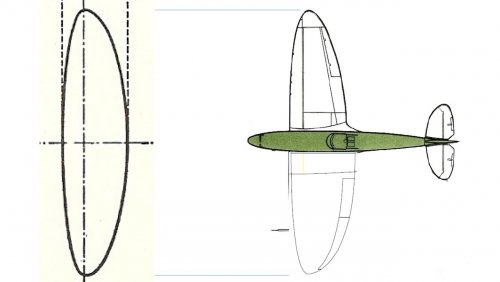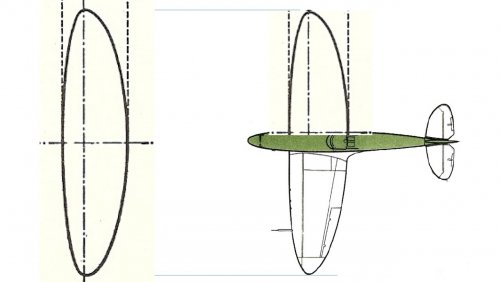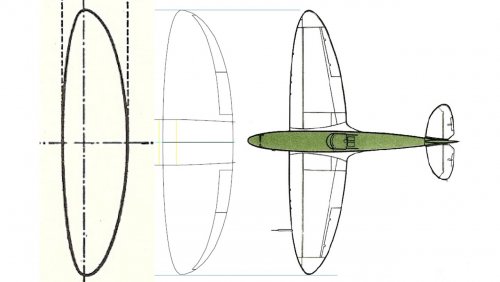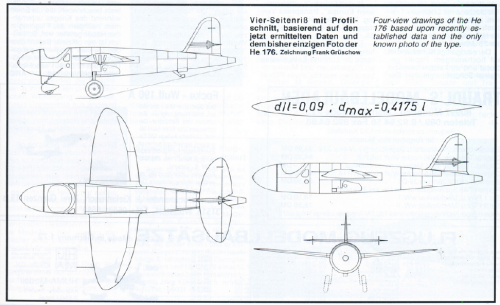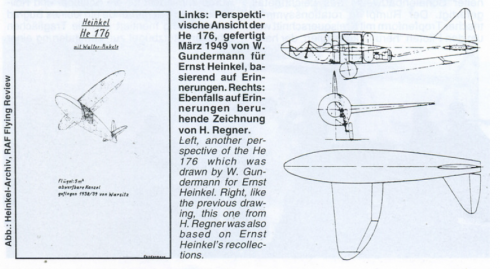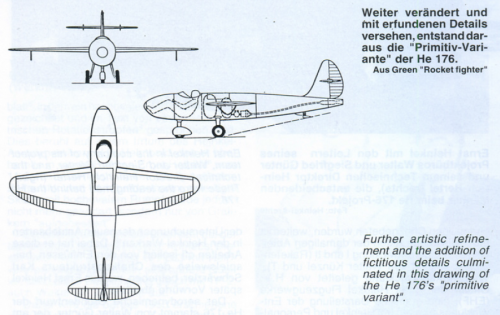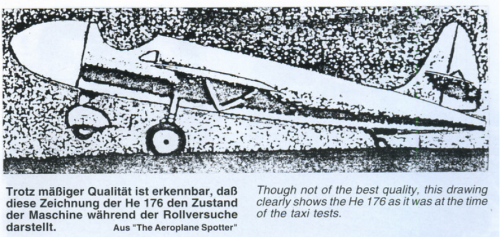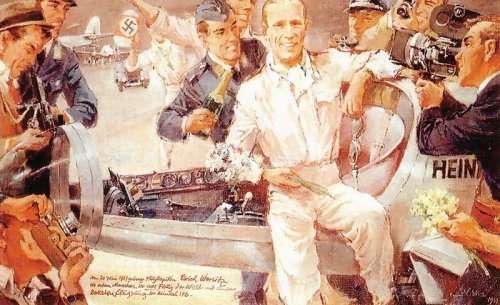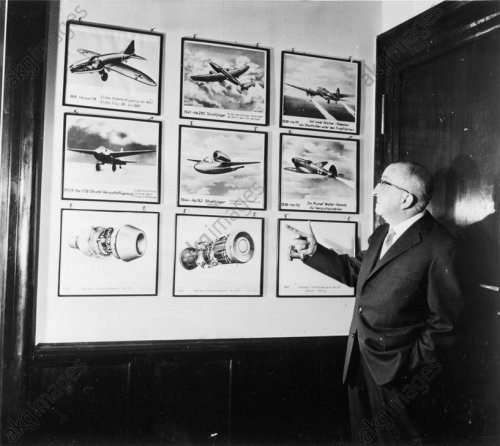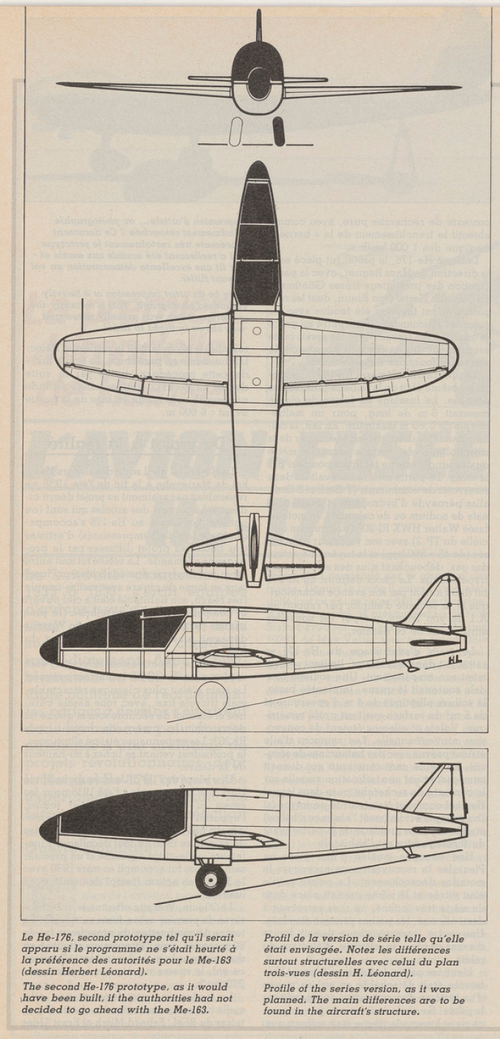- Joined
- 12 October 2009
- Messages
- 557
- Reaction score
- 213
As part of my researches into early jet propulsion elsewhere on this forum I stumbled across this rather interesting presentation of work done by Douglas Downer Smith, who has researched the He 176 to 'death':
It is interesting how the work on hydrogen peroxide propellant was part of the post-WW2 technology (and personnel) transfer to RAE, and formed the basis for Black Arrow, Blue Steel propulsion, etc. Use the link attached to download.
It is interesting how the work on hydrogen peroxide propellant was part of the post-WW2 technology (and personnel) transfer to RAE, and formed the basis for Black Arrow, Blue Steel propulsion, etc. Use the link attached to download.

